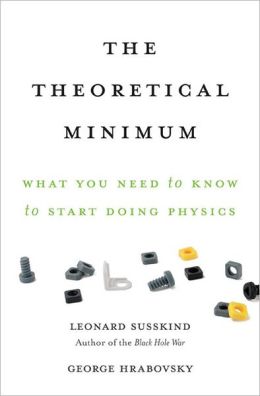Brain-to-Brain Communication
Over at Nature, Ed Yong reports on a new study by Miguel Pais-Vieira and collaborators, in which mental activity in the brain of a rat living in Brazil is communicated directly to the brain of a rat living in North Carolina, which responds accordingly (sometimes; at least greater than by chance). Ed was able to find another researcher to give the mandatory curmudgeonly response, comparing the work to a “poor Hollywood science-fiction script.” To which the rest of us respond: we want to see that movie!
This isn’t my bailiwick, obviously, so check out Ed’s article or the original paper. The basic idea is that the Brazil rat sees a light, and presses a lever that it has been trained to when that light goes on. An implant records activity in the rat’s motor cortex (in charge of pressing levers), which is then encoded and sent to the North Carolina rat, which presses the corresponding lever itself. At least, about 64% of the time. Which is a pretty noisy signal, but a signal nonetheless.
Direct mental communication won’t be replacing email any time soon. But unlike our skeptical commentator, I think experiments like this are important. They prod people’s minds in the direction of thinking about what might someday be possible.
Brain-to-Brain Communication Read More »




